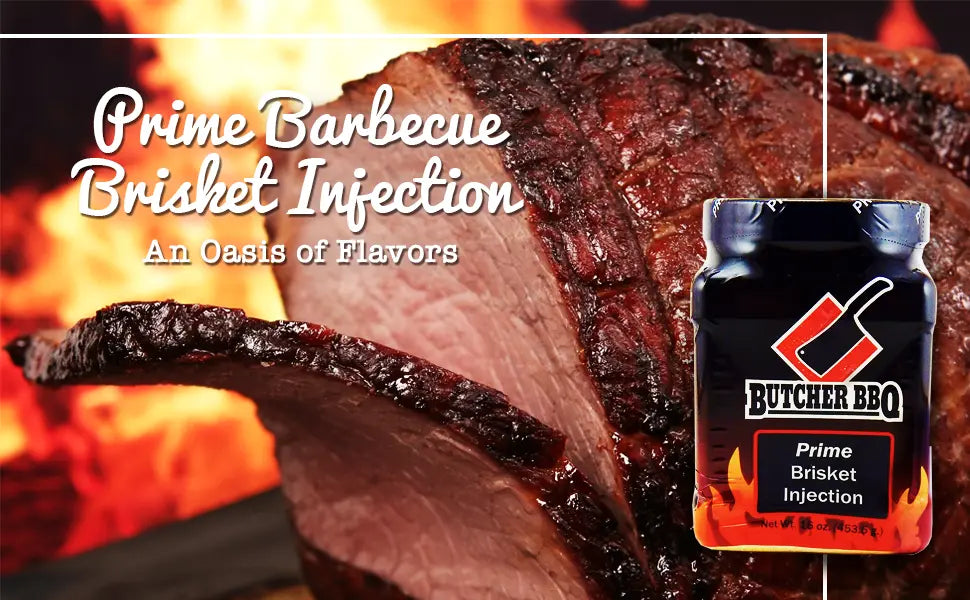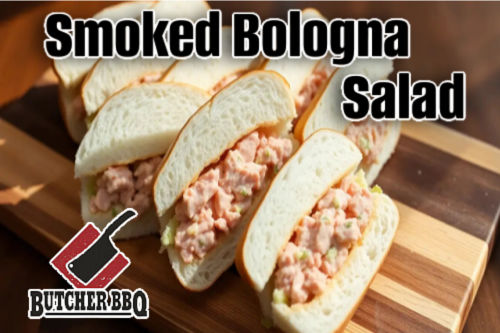
Knowing Your Beef - Helps with Choosing Your Injections
Learn the Types of Beef - Will assist ingetting the correct Injections
Whether you're cooking for two or preparing for a party of 10, a good beef brisket dish can never go wrong. Lets help educate you on the types of beef so you will understand if our Original Brisket Injection is best or our Prime Brisket Injection works best So you can inject and slow smoke the worlds best brisket. At present, beef is consumed worldwide as the third most widely-consumed meat after poultry and pork. This beef market has become a universally thriving market today. Big countries such as the U.S., China, and Brazil are the world's largest beef consumers, with little to separate them when it comes to consumption. Australia and Brazil are the world's largest exporters and producers of beef. Besides, it plays an essential role in boosting Latin America's economy after its introduction by the Spanish.

The beef industry has evolved gradually and has become increasingly complex. Despite a few health concerns about its consumption, adverse effects are becoming progressively transparent and well-documented. However, this shows no sign of halting this industry today, yet it makes the beef market flourish day by day.
How Good Is It?
Beef's most famous health benefit is its rich source of protein. However, it is slightly wrong to describe beef and other red meat types as the only healthy food.
History & Its Origins
The tradition of beef-eating has been passed down to generations. It has become a vital part of many of our daily diets.
Beef has been considered an essential ingredient for human survival by providing a valuable protein-rich in fat calories. Here we look at the changing role of beef and its fascinating history.
Beef has been a lump of staple meat eaten worldwide, and its history can be traced back to prehistoric times. The cattle that originated in ancient times had been domesticated around 8000 BC. It was the time when material gains of livestock became apparent.
However, it is quite hard to estimate the exact point when beef became a cooked delicacy; however, it is roughly estimated shortly after the domestication of cattle. Considering this, many individuals could classify specific breeds suited to being used for their meat or dairy produce, including cheese and milk.
The British Breeders
Beef consumption and farming have long existed in the U.K., and the country is considered a pioneer in beef production. The U.K. is home to many different breeds of cattle. These include Aberdeen Angus, probably the most famous cattle breed in the U.K., known for its high-quality beef. Likewise, Hereford is another well-known breed, representing an innovative breeding technique developed by the British.
The Spanish Breeders
Despite its dominance in the Americas today, cattle were not prevalent to the continent, and the meat was pretty much a European export. The Spanish carried cattle to the Americas through Mexico. Beginning with Columbus on his second journey in 1493, cattle started to advance from Europe to the New World. The pattern proceeded with the Spaniard Vera Cruz and Portuguese brokers.
Afterward, in 1611, the English brought enormous quantities of cattle to North America, explicitly to the Jamestown state. The French and English homesteaders kept on raising cattle through the eastern bit of North America as the settlements and the Revolutionary War advanced.
Japanese Beef
While the variety of high-quality beef is a matter of personal debate and choice, Japanese beef quality is still associated with prestige. Wagyu and Kobe are the two most famous types of meat, the latter being particularly renowned. Although Japanese cattle originated in China, their breeding innovation is entirely their own. Kobe beef is the most famous delicacy known for its Flavor and texture. Kobe and other types of Japanese beef are imported from all over the world, and many people vaunt it for its quality.
The Aroma & Flavor of Beef
The Flavor of cooked beef depends partially on the amount and type of heat applied. A superficial cut exposed to moist heat, and cooked in a liquid, will give you a different Flavor than one cooked in dry heat, such as broiling or roasting.
This sweltering heat is frequently used to tenderize beef than to develop its Flavor; however, some liquids, such as wine, can affect the Flavor. For moist-heat cuisine, the beef should be cooked at low temperatures for a long time.
As a result, the internal and external temperatures of small pieces of meat become equalized. The beef Flavor that develops in moist-heat cooking is mostly on the delicate side. Moreover, exposing the beef to liquid results in water-soluble Flavor components in the cooking medium. Also, such components are later used in making sauces or gravies.
When the meat is prepared by a dry-heat method, the temperature exceeds the one used in moist-heat cooking. The cut's surface undergoes chemical and physical changes that influence the Flavor of beef. Initially, the moisture on the meat's surface evaporates; then, the internal humidity (with soluble Flavor components) will move to replace the surface moisture.
As the concentration of these ingredients increases, they undergo various chemical reactions responsible for changing the color and Flavor. As the temperature rises, the fat melts and conceals the meat surface and various chemical reactions, thereby improving the meat's Flavor. However, the Flavor of the meat while cooking does not remain the same. By increasing temperature, the Flavor develops from bland to a more prominent "meaty" Flavor up to a certain point.
Meat aroma and Flavor are difficult to separate as many Flavor properties are the result of odor sensations. Although, the contribution that aroma adds to the Flavor comes from a mixture of volatile organic compounds. The aroma released from the fat is what differentiates beef from other red meat. The of aroma and Flavor are also influenced by the sex and/or age the cattle, the type of feed, and the meat's storage conditions.
Here are a few delicious beef recipes that are guaranteed to excite your taste buds and take you on a rollercoaster ride of exotic Flavors. Below are my favorite beef recipes that you can try on a weekend or at a party.




